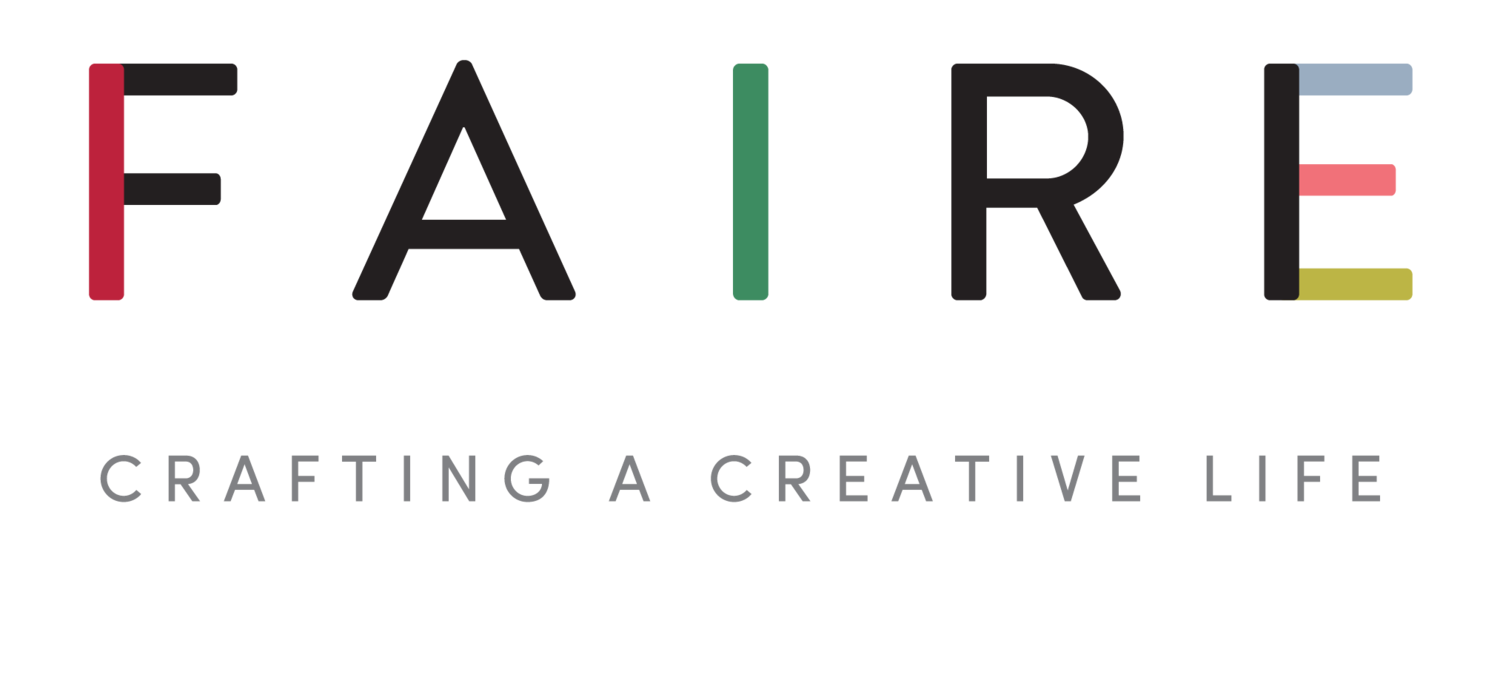1030Blackwool: Weaving Social Bonds
“I try, I evaluate, and I unweave if necessary. You can make and unmake.”
Words & Photography by Laura François
Belgian textile artist Pauline Dornat collects, brushes, spins, and weaves wool. This noble raw material, which conveys know-how, craftsmanship, and universality, serves as her connecting link.
Through her project, 1030Blackwool, Pauline hopes to shine a light on the value of local wool for the inhabitants of Brussels.
For Pauline, 1030Blackwool is a project that is “50% social and 50% creative.” The idea began with her desire to work with a local material, in this case, wool, and build a social connection around it. It was after a workshop, organised with the not-for-profit group, ‘La Maison des Femmes de Schaerbeek’, that her vision began to take form. When Pauline met David D’Hondt, an urban breeder with a flock of Zwartble sheep, a rustic breed of sheep originating from the Netherlands, she knew she had found the missing ingredient. She called her project 1030Blackwool, after the postal code of the Brussels district of Schaerbeek where it all began.
It is around this universal material that bonds are woven and interactions are created. Pauline went on to establish workshops as a way to pass on the skill of weaving wool. These workshops are set up in connection with not-for-profit groups, schools, and companies, but are also accessible to the public. In parallel, she creates and sells her own creative work that she creates from beginning to end.
Pauline organises her work around an artisanal and ethical approach. She supervises the entire process of wool creation, which begins with the annual shearing of the sheep. The raw wool fleece is then collected and sorted to remove all impurities before it is washed. After she has collected about 15 kilos, Pauline can begin making her pieces. The wool is carded by hand or with a roller to brush and homogenize the colour of the fleece. If there are different breeds, the colours can be mixed during this process. Once completed, the fibre can be spun with a spindle or, for more efficiency, a pedal wheel. The wool is then dyed using vegetable-based dyes, rather than chemicals. Finally, the loom is set up, and the wool is ready to be woven.
Each piece Pauline creates is unique. She works intuitively, letting the design emerge as she weaves. The colours she chooses are inspired by things seen in everyday life, such as the bustling streets of Brussels, where each neighbourhood has its own unique murals and poetry.
Her work ranges from pieces like cushions and tapestries, to vases made from recycled fabric scraps. The production process is thought through in an ecological and ethical way. Second-hand fabrics are, for example, sewn to the back of the cushions, and scraps are used for filling them.
Nothing is really predesigned, instead, the visuals are allowed to evolve naturally through familiarity with the material. Says Pauline, “I try, I evaluate, and I unweave if necessary. You can make and unmake.”
Pauline offers custom-made products, the choice of colours, graphics and dimensions are discussed with the client beforehand.
To find out more about Pauline Dornat and her project, 1030Blackwool, visit her website, and her Instagram, @1030blackwool
To learn more about Laura, visit her website, and her Instagram, @laurafrancoisphotography
This story was written and photographed by Laura François. Born in Paris, Laura studied art in Bretagne, then specialized in photography in Brussels and Budapest. Continuing her journey toward Cities starting with the letter B, she settled in Berlin, where she works as a freelancer in photography. She uses photography as a way to tell people’s stories, to highlight their work and their passions.
Image courtesy of Maria Dominika








